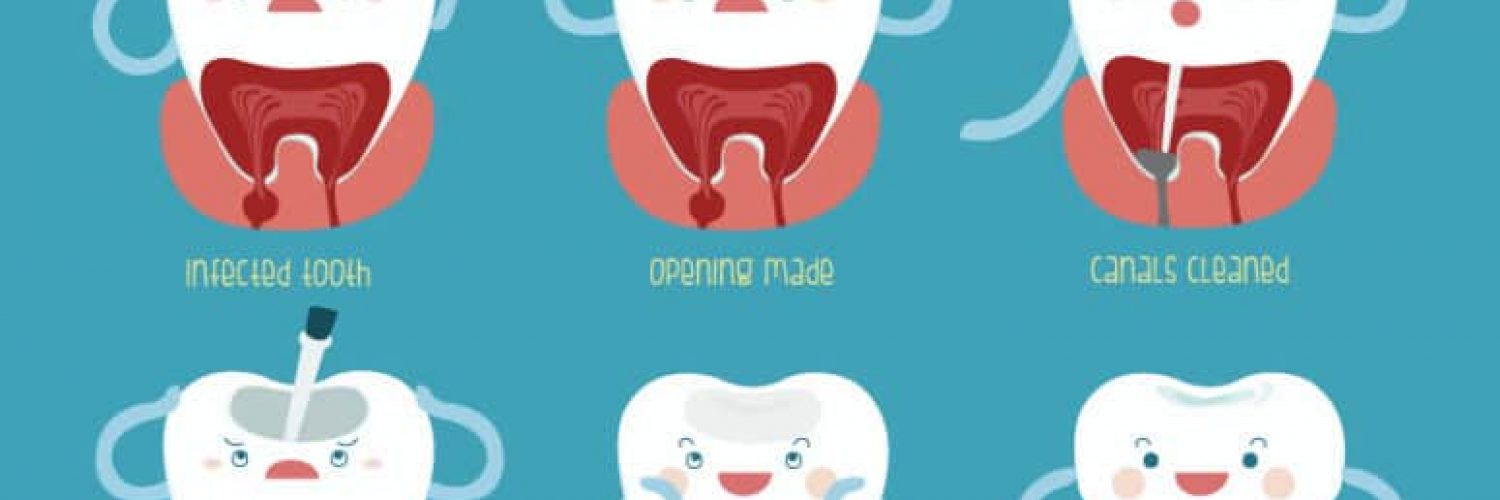To help ease your mind and show you that you have nothing to worry about: here are the steps of a root canal.
1. Diagnosis
Obviously, before getting a root canal there has to be a reason for it. Root canals are needed when a tooth becomes infected or for some reason decays. There are a number of different things that could lead these infections so make sure you’re getting your regular check-ups.
2. X-rays
Be prepared for a lot of x-rays. It is vital that your dentist see exactly what he/she is working with. The x-rays will be the guide for your dentist’s hands. It will show them where they need to go to drain all the bacteria out of your tooth. The x-rays will also show how far the infection has spread. If left untreated, these infections can get all the way up into surrounding bone tissue. Thank heavens for these machines to help guide professionals for our safety.
3. Local Anesthesia
LIQUID GOLD. We all know that root canal=big scary drill. Thank heavens for modern medicine! Often dentists will use more anesthesia for this procedure than they would a standard filling. Make sure you are prepared to smile crooked and talk with a lisp for a little while after your appointment. If you don’t think the anesthesia is enough, talk to your dentist about other options for making you as comfortable as possible.
4. Drill Time
This is the part you’re dreading. When in the hands of a trained professional, the drill is nothing to be afraid of. After isolating the tooth with a rubber dam (simply a piece of rubber around the tooth to keep it clean and dry), your dentist will drill a hole into the tooth. This hole will allow for the drainage of all the bacteria, pulp, and nerves that have been compromised.
5. Removal and Drainage
Once the hole has been created, your dentist will use tiny little files to scrape away the damaged area inside the tooth. The files will vary in size to make sure the right amount is removed without destroying the integrity of the tooth.
6. Temporary filling
Depending on the situation and the dentists, some root canals are sealed the same day, while some are scheduled to be sealed at a later date. Waiting to seal the tooth gives the opportunity to fill the new hole with medicine giving your body the best shot at clearing the infection. A temporary filling will be placed so that you aren’t left with an annoying hole in your tooth.
7. Sealed and Crowned
Though your tooth does not need the nerve to function, it is left in a more fragile state when the internal parts are scraped away. To protect from further infection and cracking the tooth will need to be sealed and crowned. The canal will be filled with a sealant made of a rubber compound and paste. Not all cases will require a crown but it does provide a great layer of protection.
To further ease your concern- make sure you see a trusted, well-trained dentist. Let Eagle Rock Dental take all the fear out of the procedure. We are ready to answer any questions that you may have. Simply contact us, visit our website, or schedule your appointment online.

